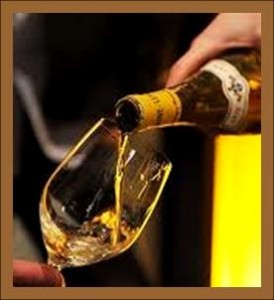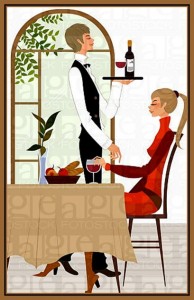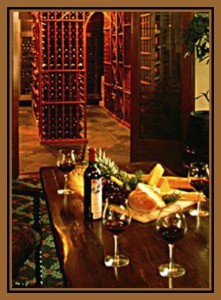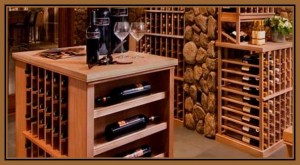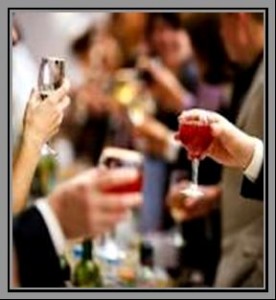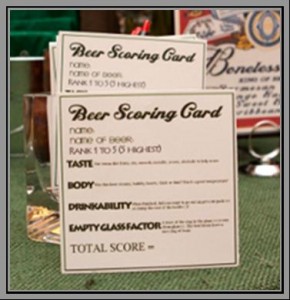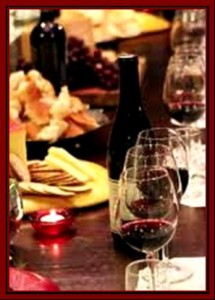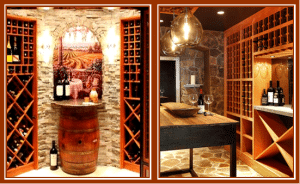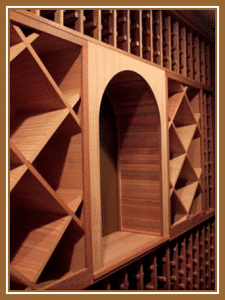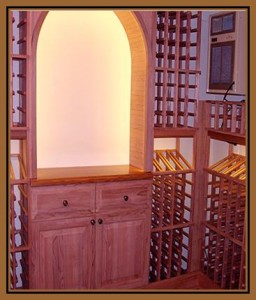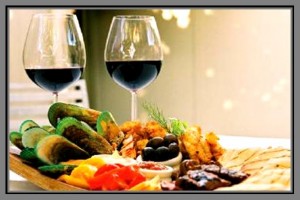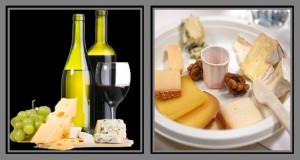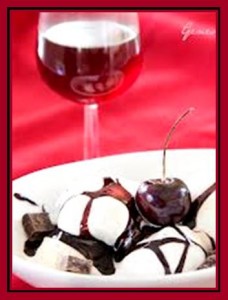Both beginners and experts in wine collection must know the important conditions required to make a good wine last. The two vital aspects of proper wine storage conditions are temperature and humidity. To make sure that your custom wine cellar can provide the ideal temperature and humidity that your wines need, you need to purchase a good wine cellar refrigeration system.
Wine cooler refrigerators are units designed for storing wine. These units can regulate temperature and humidity effectively so that your wine collection will not get ruined.
The Difference between Wine Cellar Cooling Units and Air Conditioning Systems
There is a huge difference between wine cellar refrigeration units and air conditioning units. Although both can cool the room temperature, the latter cannot cool wine to the ideal level. A wine cellar cooling system does not just cool the room as an air conditioner does. It goes beyond that. A wine cellar cooling unit regulates and monitors the temperature and humidity so that they are kept at a constant level. This is important in wine storage because frequent fluctuations in temperature and humidity can damage your wines.
3 Major Custom Wine Cellar Cooling Systems
There are many different kinds of custom wine cellar cooling units to choose from on the market. The 3 most popular types are the Self-Contained Through-The-Wall units, the Ductless-Split type units, and the Ducted-Split Type units. Here is a more detailed discussion on these 3:
1. Self-Contained Through-The-Wall
This is the most cost-efficient type of custom wine cellar cooling unit. You simply mount the unit to an interior wall. The hot air inside the cellar will be vented out through the wall and into an adjacent room. This unit will also help lower the noise from the cooler. It is important to have a relatively big room for the exhaust air. Ideally, the adjacent room should be as big as your wine cellar.
2. Ductless-Split Type
This type of wine cellar cooling system does not come in one piece, but it is the more convenient and popular choice among wine collectors. Additionally, although this cooling system is more costly, it has a longer life expectancy. Another advantage of having this unit is that you do not need an adjacent room for exhausting hot air.
3. Ducted-Split Type
This is very similar to the ductless-split type cooling unit because you will hear no noise from its fan and you will not need any adjacent room for exhausted hot air. One of the best things about this wine cellar cooling system is that there is no visible equipment inside the wine cellar at all. This system is configured in such a way that it is the cool air that is ducted into and out of the wine cellar.







